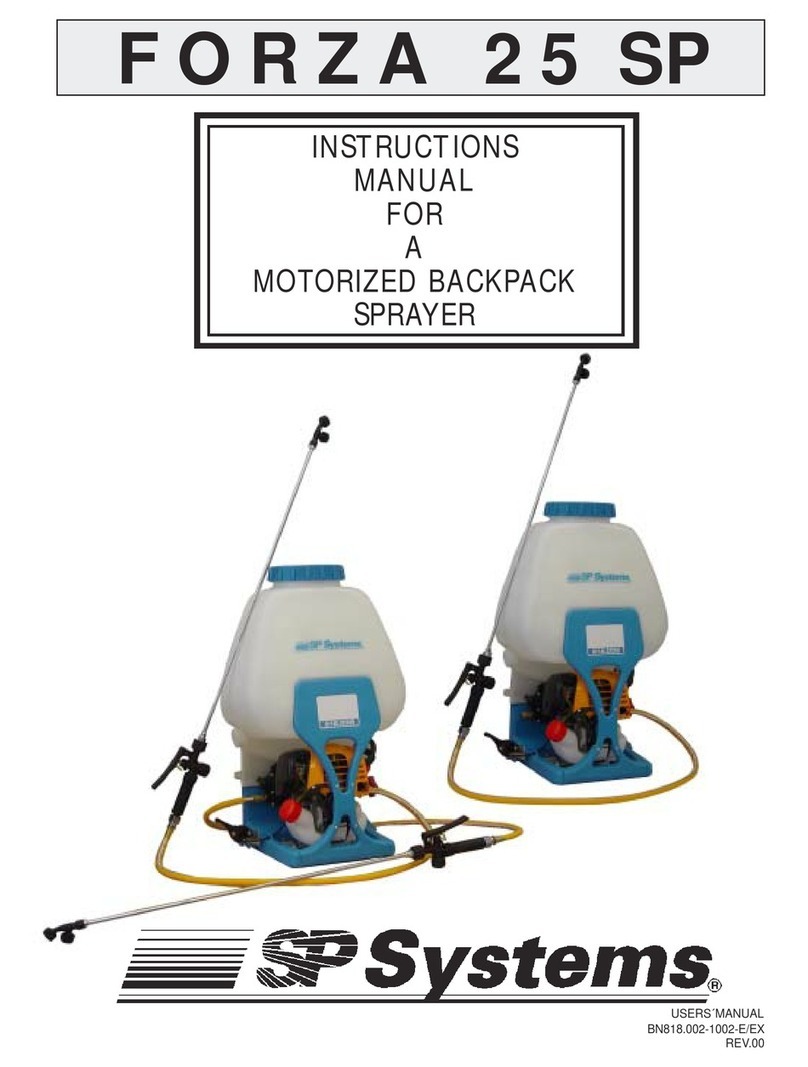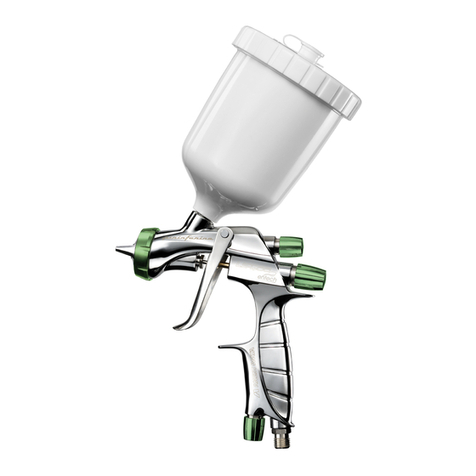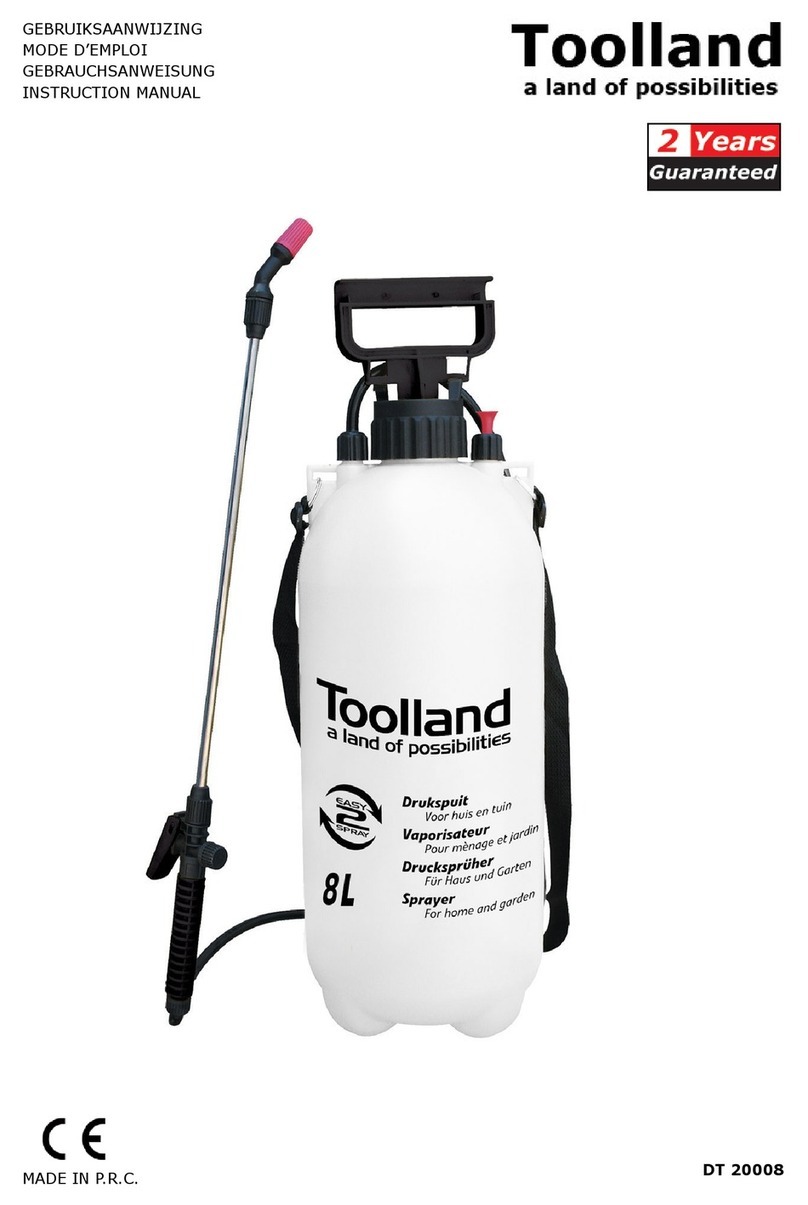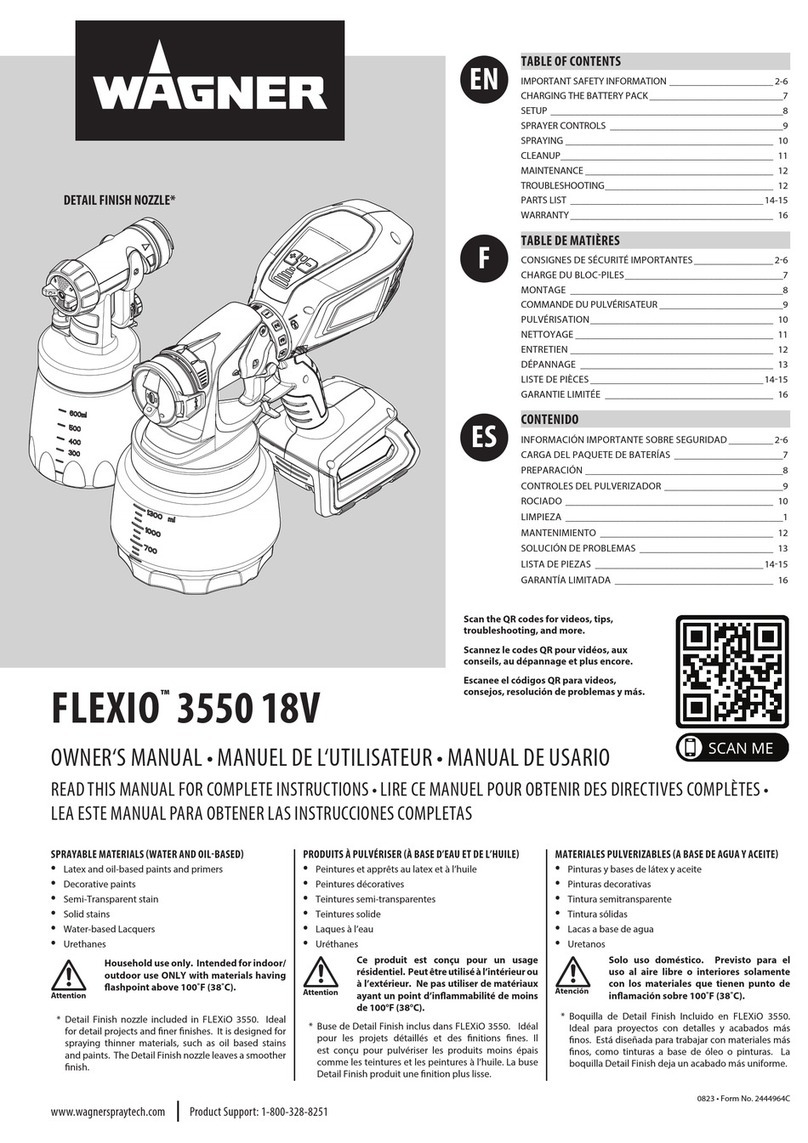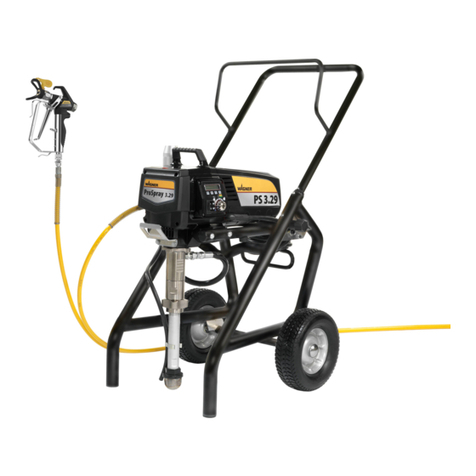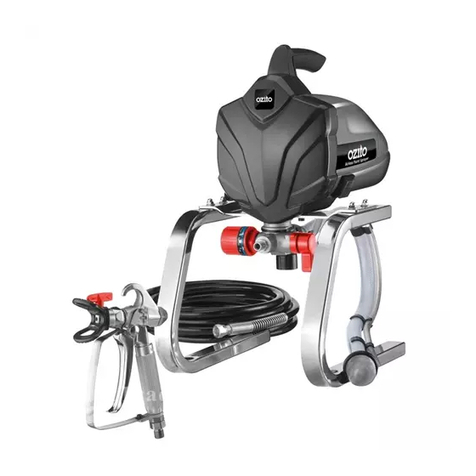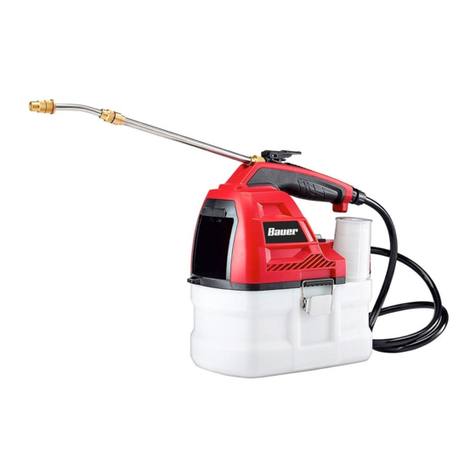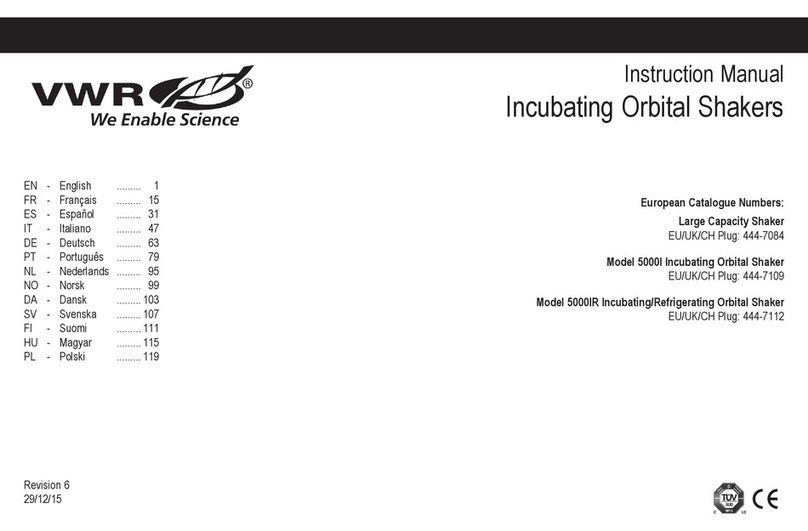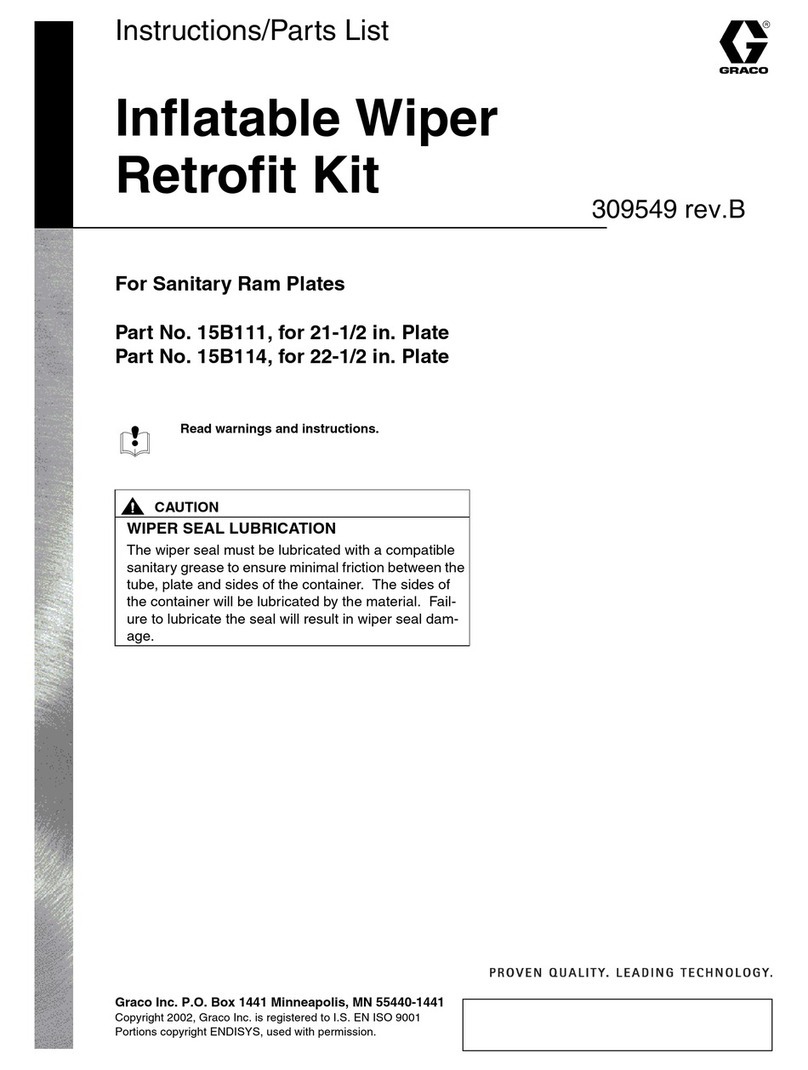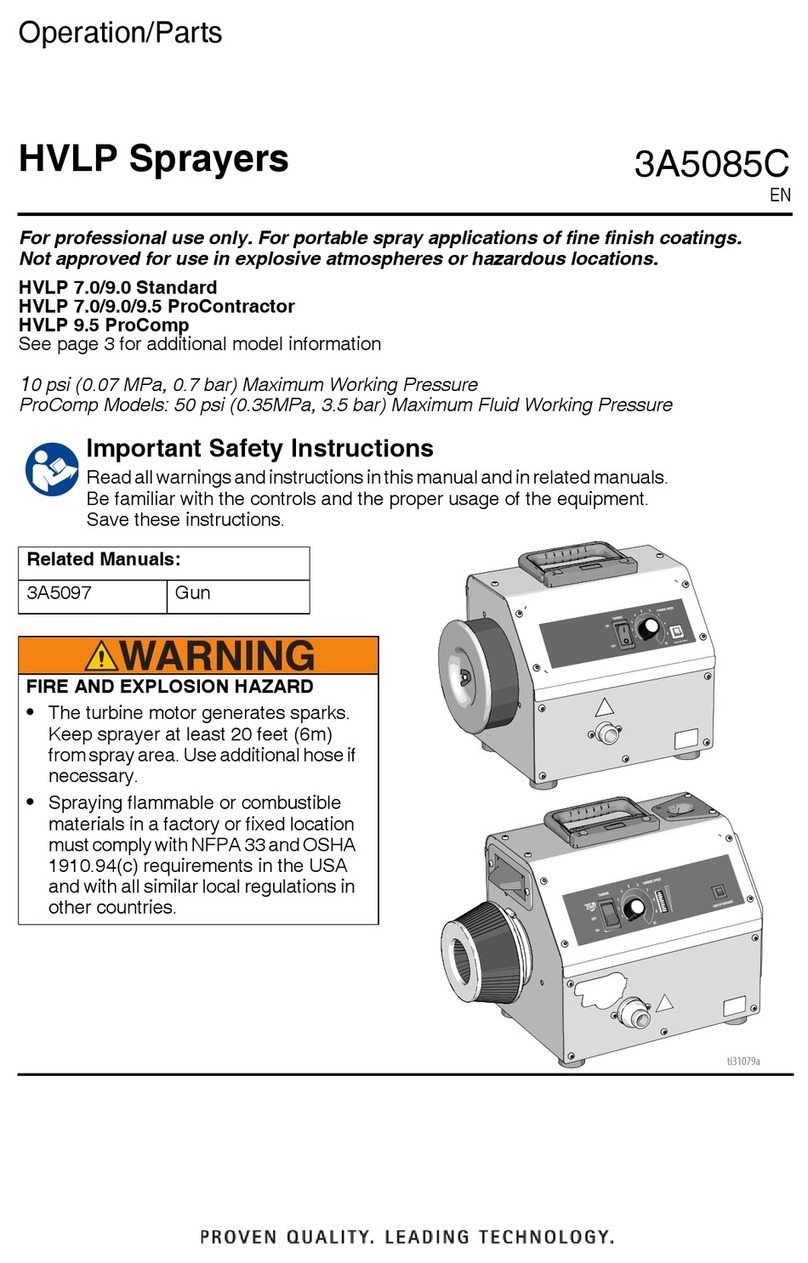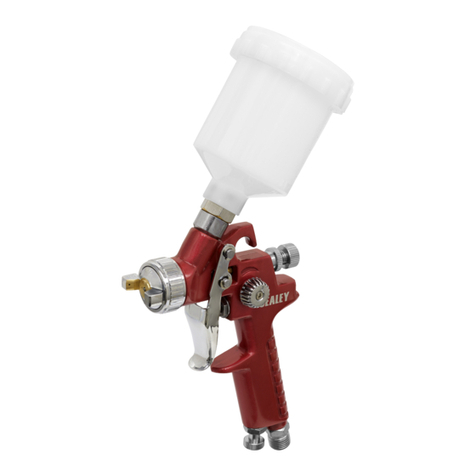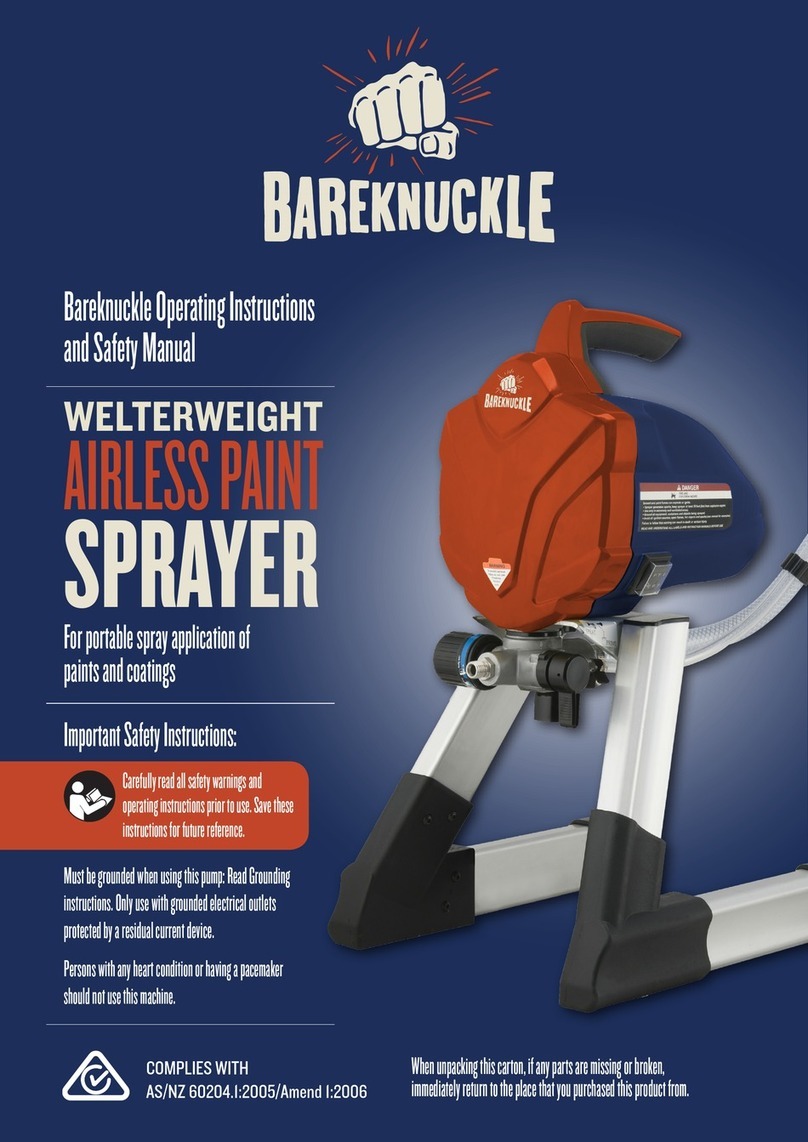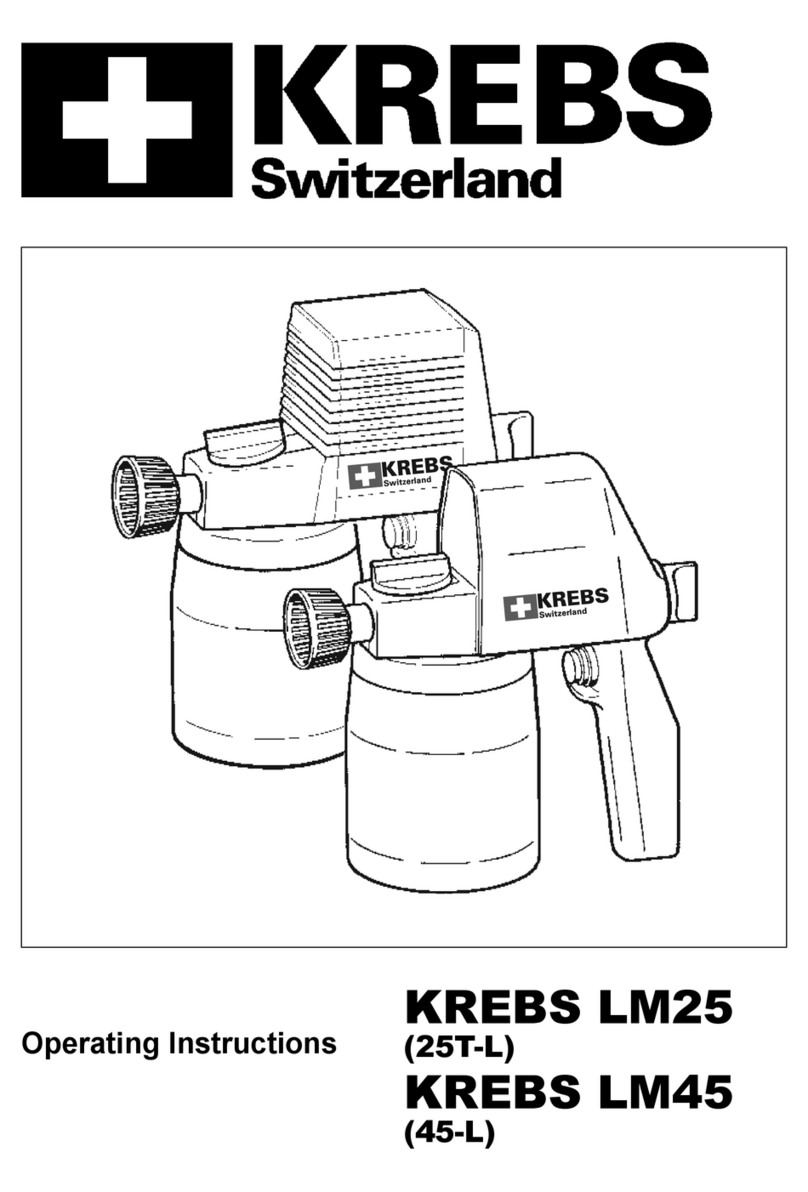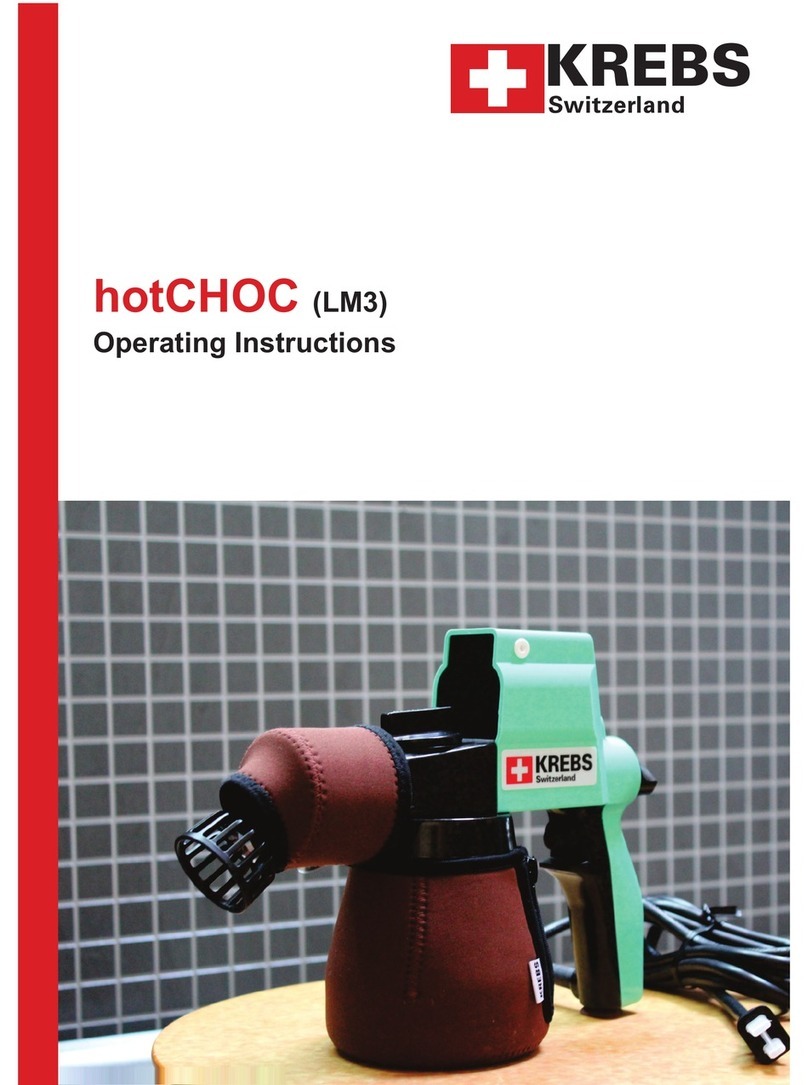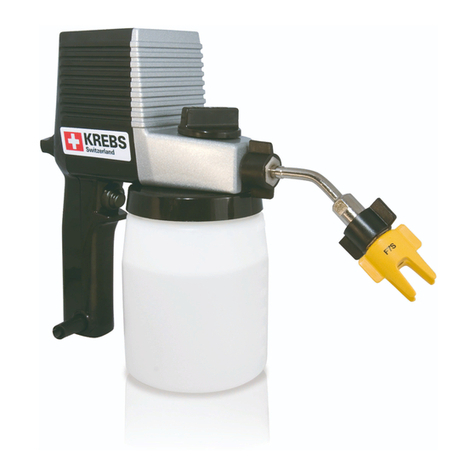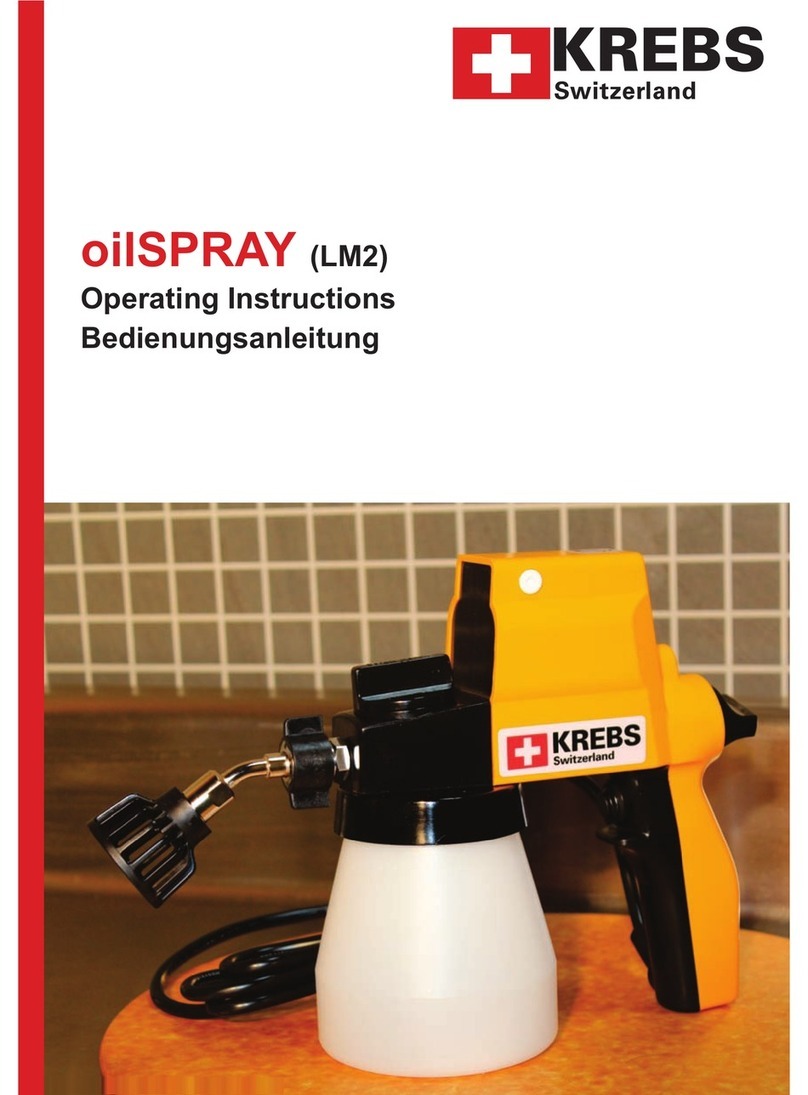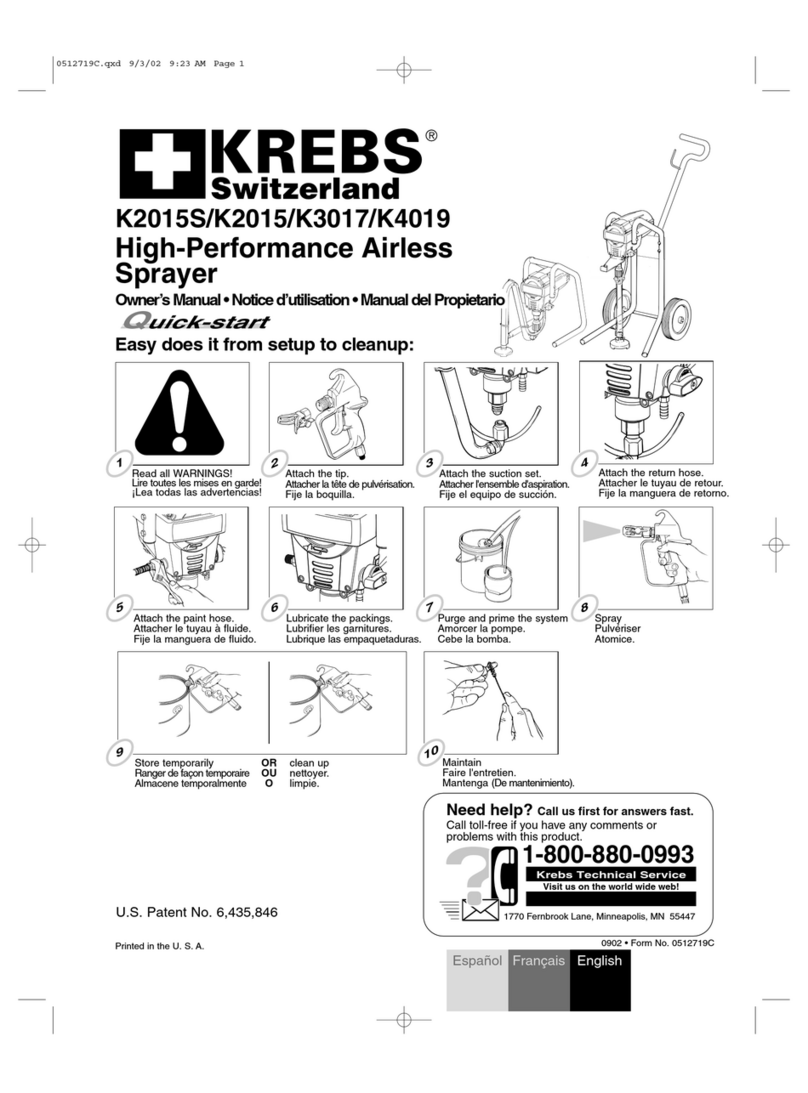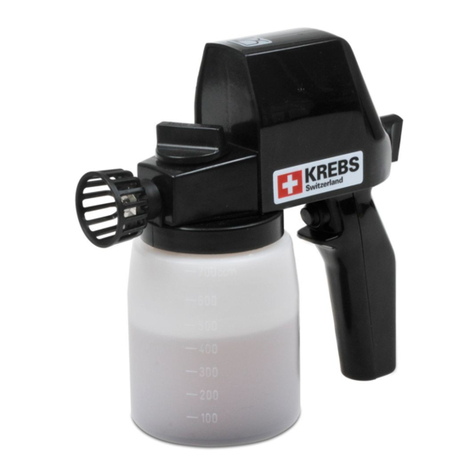
• If spraying through the material is not possible, then cleaning is carried out by spraying
tangentially across the surface. In this case always work with a soft, fine mist spray.
All types of yarn packages and especially con bobbins can be successfully cleaned this
way, even if the soiled area is in the bulge or dent. Should it be necessary to clean
carpets, structured fabrics, mohair, velour or any napped fabric, the soiled material can
be laid over a round cushion or over the arm of the operator. In this way the stain is rinsed
”tangentially” out of the material.
• Sedimentary spots, which have formed a crust on one side of the fabric, should be
cleaned from the reverse side.
• The removal of continuous and needle-shaped stains from plain fabrics is easy, economical
and, therefore, to be recommended.
• Stains caused by specialized technical oils or greases or those, which have worked into
the fabric over a lengthy period, should first of all be treated by applying a trace of fluid
using the fine mist spray, in order to somewhat soften the staining substance. Do not
make thoroughly wet: spray only a very thin layer.
• Where possible, crusts should, first of all, be scraped off with the dull edge of a knife
blade. The spray jet should if possible be kept at a right-angle to the material, in order to
reduce danger of thread displacement.
• Spraying of dense fabrics, treated with moisture-repellant, should be carried out when
they are lying flat, and stretched, if possible. If they are freely suspended, fluid can escape
downwards too quickly.
• Production machines (ring travellers, shuttle-boxes, loom reeds, needle beds, sewing
machines, and machines and motors in general) can be treated and kept clean using the
KREBS process.
• Both repellant and impregnating agent can also be sprayed. However, these fluids are
nearly always very corrosive, and for this reason the stain remover must be cleaned
immediately after use. Please use a separarte container for each type of fluid.
Noise/vibration information
Measured values determined according to EN 50 144.
Typically the A-weighted sound pressure level of the tool is 81 dB(A)
The noise level when working can exceed 85 dB(A).
Wear ear protection!
The typical hand-arm vibration is below 5,5 m/s2.
Declaration of conformity
We declare under our sole responsibility that this product is in conformity with the
following standards or standardized documents: EN 50 144, EN 55 014, EN 60 555,
HD 400 in accordance with the regulations 73/23/EEC, 89/336/EEC (from 1 st Jan.
1996), 89/392/EEC.
THEO KREBS LTD
12 T.Christiansen H. Kohlert




















